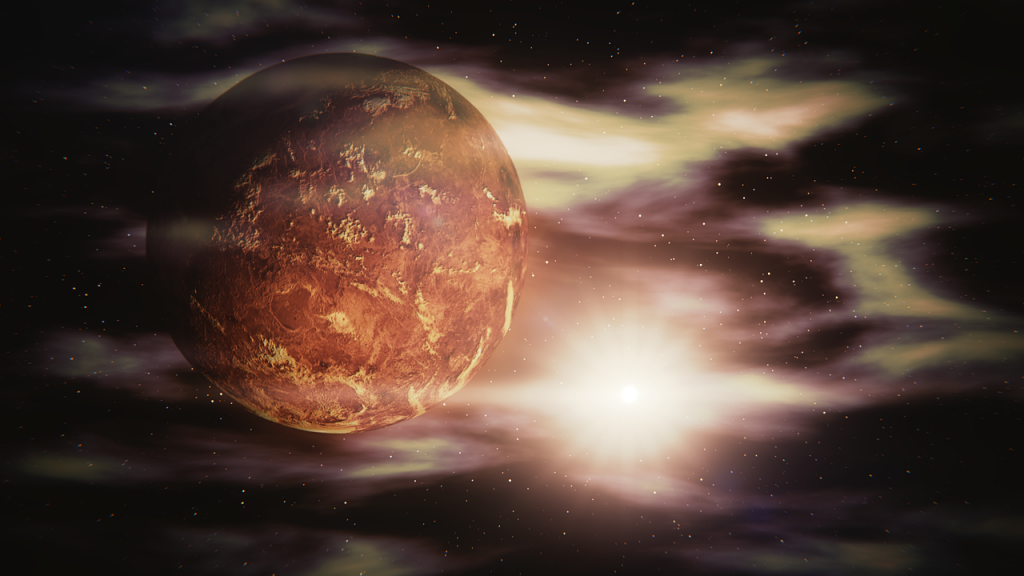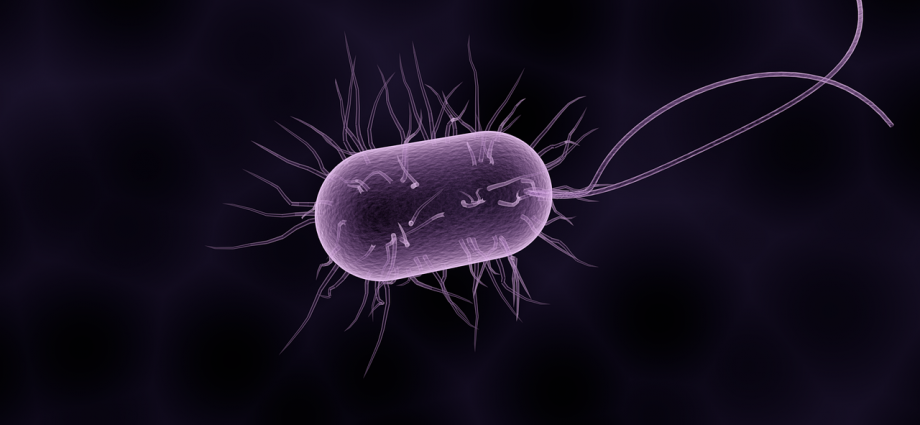Is There Microbial Life on Venus?
Scientists announced that they found phosphine gas produced by bacteria in the atmosphere of our closest neighbour Venus. This may indicate his extraterrestrial life. There is only one thing to be said about phosphine, it is the proof of life and it means we are not alone in the universe.

What kind of planet is Venus?
Venus (Evening Star) is a planet with sulfuric acid rains, a suffocating CO2 atmosphere. On its surface, there is an atmospheric pressure 100 times higher than on Earth.
It is Earth’s closest planetary neighbour, resembles Earth in structure, but is much smaller than it and has a thick and poisonous atmosphere that traps heat. Surface temperatures on the planet can rise up to 471 degrees Celsius, strong enough to melt lead.
In fact, it is one of the last places we will look to find life in the Solar System. But an international research team made a discovery. They found traces of the gas in the high regions of thick clouds. Conditions in this area are milder than the surface and not as overwhelming as the surface. Perhaps some geological processes may be happening on this planet.

What is phosphine gas?
It consists of one phosphorus and three hydrogen atoms. Quite notable amounts have been detected on Saturn and Jupiter. It is formed in the hot, high-pressure interiors of these gas giants and is produced in abundance by convection.
According to the researchers, it is unlikely that known inanimate processes will generate the gas in the amount seen in Venus’s upper clouds (about 20 parts per billion, ppb).
The existence of extraterrestrial life has been one of the most important questions of science throughout history. The researchers used two different devices to search for “bio-signatures” and indirectly for “life” in the solar system and beyond. Bio-signatures were discovered with the James Clerk Maxwell Telescope in 2017 and the Atacama Large Millimeter / submillimeter Telescope Array in 2019. More than one spacecraft sent to be put on the planet could not operate for more than a few hours and melted.
Even more interesting is the fact that the acidic clouds could possibly remove it very quickly. Two determinations made approximately two years apart suggest that the process that constitutes this component is still continuing.
The next step in the research is to study all the other processes that can generate it down to the last detail. Greaves’ team also points out that there may be an unknown chemical on this planet.
Phosphine is abundant in anaerobic ecosystems around the world. It is found in abundance in swamps and muds. It also occurs in the intestines and fart gas. Anaerobic microorganisms somehow produce it. Venus’ clouds are also anaerobic.
Can These Be a Microbe Society?
Last month, a community of microbes living in clouds and able to roam permanently was investigated. There is a high probability of microbe congregation in the temperate region where Greaves and the research team found it.
But the existence of microbes is not the only possible explanation. Another process that creates phosphine on earth is volcano activities. The research team finds volcanic activity insufficient, citing a 2015 article, to rule out that possibility. But a study published earlier this year suggests Venus may be more volcanically active than previously thought.
Planetary scientist Helen Maynard-Casely says “On Earth, there is phosphine gas from volcanic sources.” There is abundant evidence that there is much more volcanic activity on Venus than on Earth. Moreover, we have much less idea of what its surface is made of.
It is said that there may be a previously unexplored reaction network or a large amount of phosphorus-containing minerals that are very different from the Earth’s.
Jupiter’s moons Europa and Ganymede are seen as possible points for hosting the biological activity. Because both may have mineral-rich oceans beneath their icy surfaces.
Astronomers are now considering all the ways to verify phosphine without life.



